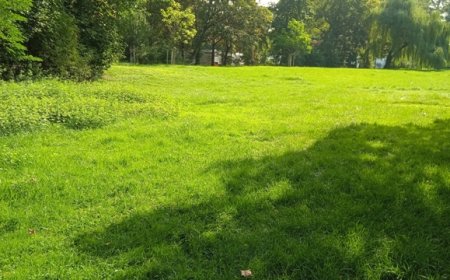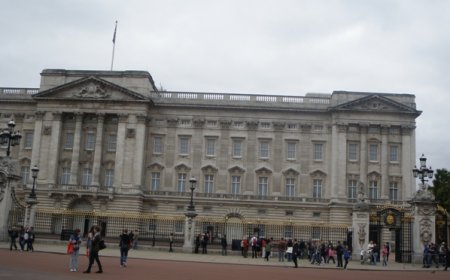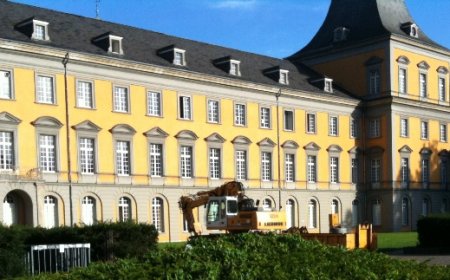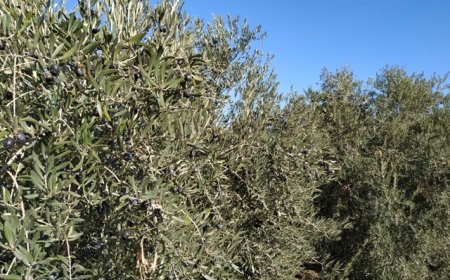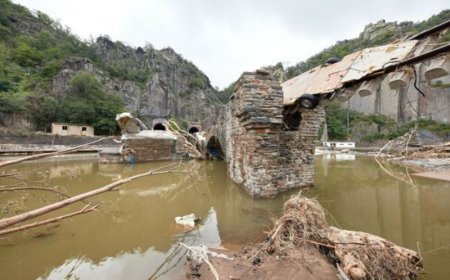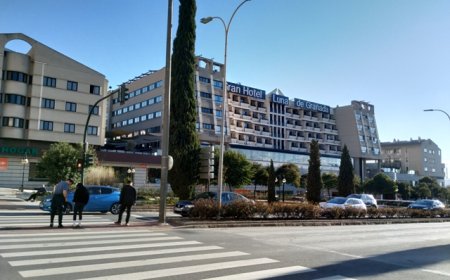Glory of Granada: UNESCO World Heritage Alhambra and Generalife

Dr Abdul Hai
After starting the Secondment under the Project Sustainable on behlaf of Afridat Innovation and Research in Granada, the first thing I came to know is Alhmabra. It is because our laboratory is located at the 6th floor in the Science Faculty in the University of Granada, which has large glass window, which opens the beauty of series of mountains Sierra Nevada and near this mountain stands the historical palace Alhambra. Snow covered Sierra Nevada and Alhambra are quite visible from the laboratory all the time. So my colleague talked to his house owner and planned the memorable visit to Alhambra and Generalife.
Quite surprisingly the popular tourist location Alhambra is open whole day and round the year for the tourists. In spite of that the tickets for next one month are already sold. So we got the ticket for a day at the end of December. Although it was a bit cold in the city, going up and up to the hill top museum and tower made us feel very warm and tiresome. However, the attraction is unending and quite exciting.
Alhambra is a medieval fortress and palace and has been a UNESCO site since 1984. It is best known for the Nasrid dynasty buildings of the 13th and 14th centuries. The monuments are called Alhambra and Generalife. The name “Alhambra” means red fortress or castle because of the red earthy building materials that characterize it. It is a complex of buildings, palaces, and gardens that do not all date from the same period.
There are several viewpoints in the Alhambra complex, from where we can experience the Alhambra, Granada, and the surrounding areas. We went to the highest point in the Alcazaba named la Torre del Homenaje. We got a birds-eye view of the Alhambra complex and its beautiful surroundings. It was like being transported back in time as a guard doing his security rounds of the fortress during the Middle Ages.
Surrounding the fortress and palace there are hundreds of ornamental gardens. According to Fairchild Ruggles, Islamic gardens are spaces where nature, design, history, and spirituality intersect. But they also fulfill the practical purpose of providing respite from the heat.
The museum is in the same building as the Charles V Palace, where we saw the round courtyard with pillars. The art in the museum here comes from archaeological excavations in the Alhambra complex or the restoration work in the palaces. It is the best way to truly get to know what life was like here centuries ago. It also exhibits pieces that help place Nasrid art in the wider Muslim world and show the evolution of art through history.
Of all the Christian kings who could have lived here, Charles V seems to have been the only one who sincerely intended to do so. It is probably why the palace was named for him after construction started in 1533.
The palace, however, was never finished, and Charles and his court never properly moved into the premises. When the Moriscos rebelled in Andalucia during his reign, the project was halted as it would have sent the wrong message to the population.
The gardens around it are mostly from the 20th-century transformation of the Alhambra. There are over 900 tiles in the Alhambra with a specific inscription that says “There is no conqueror but Allah” (Wa-la galiba illa Allah).
For the oldest part of the Alhambra, head to the Alcazaba. The names are a bit confusing. This is one of the oldest parts of the complex and did not belong to the Nasrid dynasty which started around 1230 AD. According to Cabanelas Rodriguez, the Alcazaba dates to the early Middle Ages. The tower is called Torre de la Vela, and it was likely the original defensive tower from the 10th or 11th century.
However, there are mentions of a castle in this area as far back as the ninth century! Ancient texts lead us to believe it was abandoned until the Zirid dynasty (10th to 12th centuries) did some reconstruction and development here. That is probably when the Alcazaba started taking the shape we see today.
At the top of the nearest hill, there was the summer palace of the Nasrid rulers of Granada named Generalife. It is a quiet oasis of tranquility in an otherwise hot and sometimes dusty land. And it has a cool claim to fame.
The dates of this summer palace is still vague. However, historians Aben and Wit suspect it dates from the 14th century. One of its main functions was that of an orchard, as historian Irwin proposes, which explains the gardens in the area. In fact, these are some of the oldest Moorish gardens in the world, according to Button and Cavendish.
The Palace of the Lions, along with Comares, is the only original palace out of six that still stands in the Alhambra. According to Cynthia Robinson, historians thought Muhammad V built it as a victory palace—a space to show off the prowess of the ruler.
Others think it served different purposes. Ruiz and Irwin propose that it may have been intended as a madrasa space or center dedicated to learning. It would also have included a zawiya (center for devotion and veneration) and a burial site for Muhammad V. Yaqub Zaki proposes that the palace was a leisure venue for the sultan and guests, unlike Comares.
One of the key attractions of this monument is The Court of the Lions in the palace. The lion fountain and water channels are quintessential Alhambra and Al-Andalus. Furthermore, Yaqub Zaki states that the arcades show clear Persian influences beyond the Arabic style that feeds into Al-Andalus.
According to Cynthia Robinson, the Hall of the Abencerrajes was likely conceived as a mausoleum. Again, there is little consensus here. Yaqub Zaki states this was a musical venue due to the elaborate acoustic ceilings and likely dedicated to winter use since it is more enclosed than other areas. The Hall of the Abencerrajes is known for its famous ceiling vaults with their honeycomb-style decoration or muqarnas. They are a beautiful sight to behold!
The next attractive part of the complex is the Palace of Comares. This is another original palace that still stands mostly complete at the Alhambra. According to Cynthia Robinson, historians agree that this was a throne room for the sultans Yusuf I and Muhammad V. The area was extensively renovated during Muhammad V’s reign as it would also have been a space used for festivities. Ruiz proposed that this area could also be interpreted as a place that reflects the increasing patronage and support of Sufism in the Muslim court of Granada.
Another attractive part is the Court of Myrtles. It also has another famous feature of the Alhambra—the large pool of reflecting water. Back in the day, it would have helped cool the most important apartments in the palace. The sultan and his wives and concubines’ chambers would all have connected with this patio somehow. However, the whole complex is quite large and it takes about 4 to 5 hours to visit with the conscious knowledge of its historical and political background.
What's Your Reaction?







